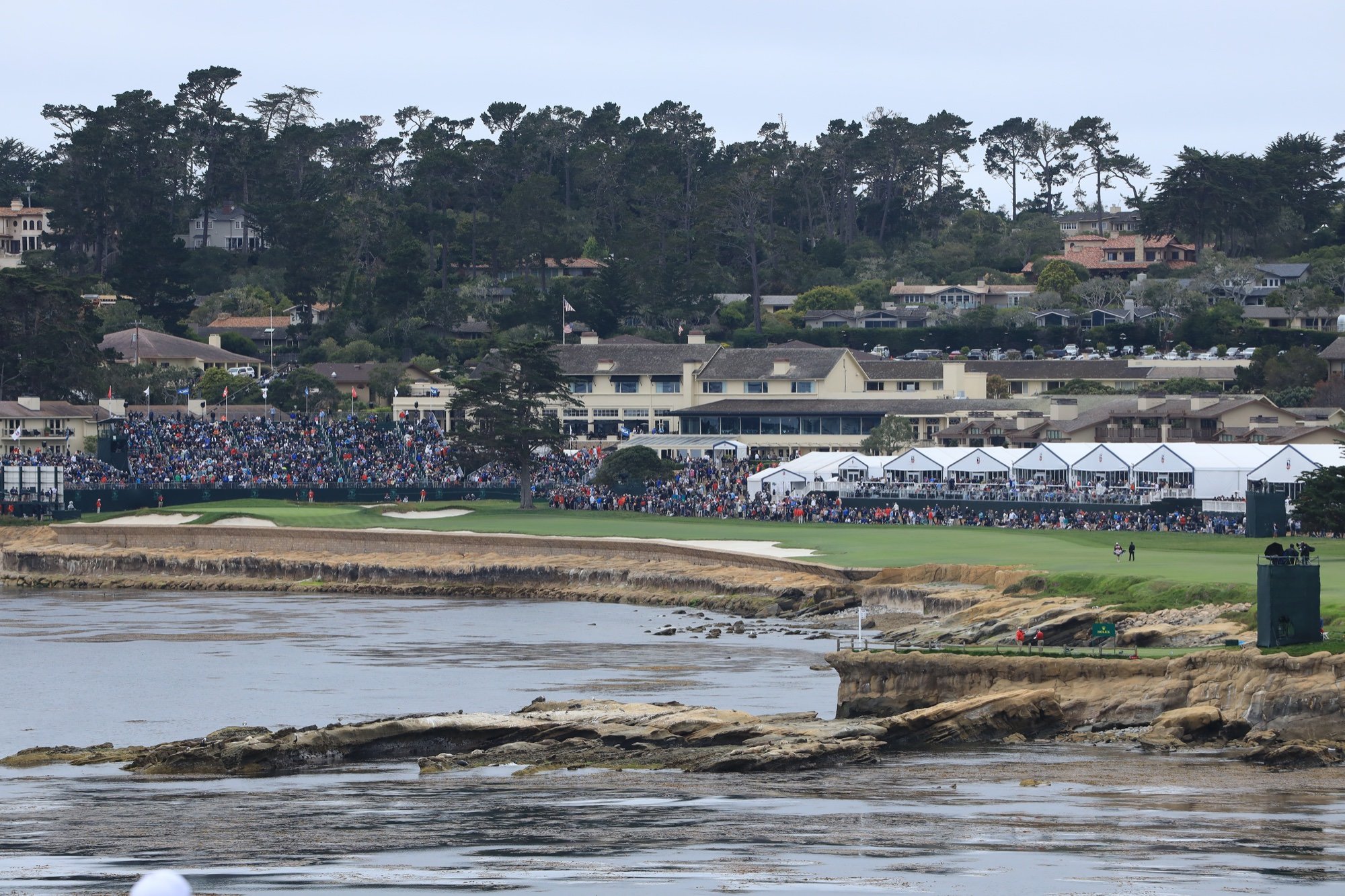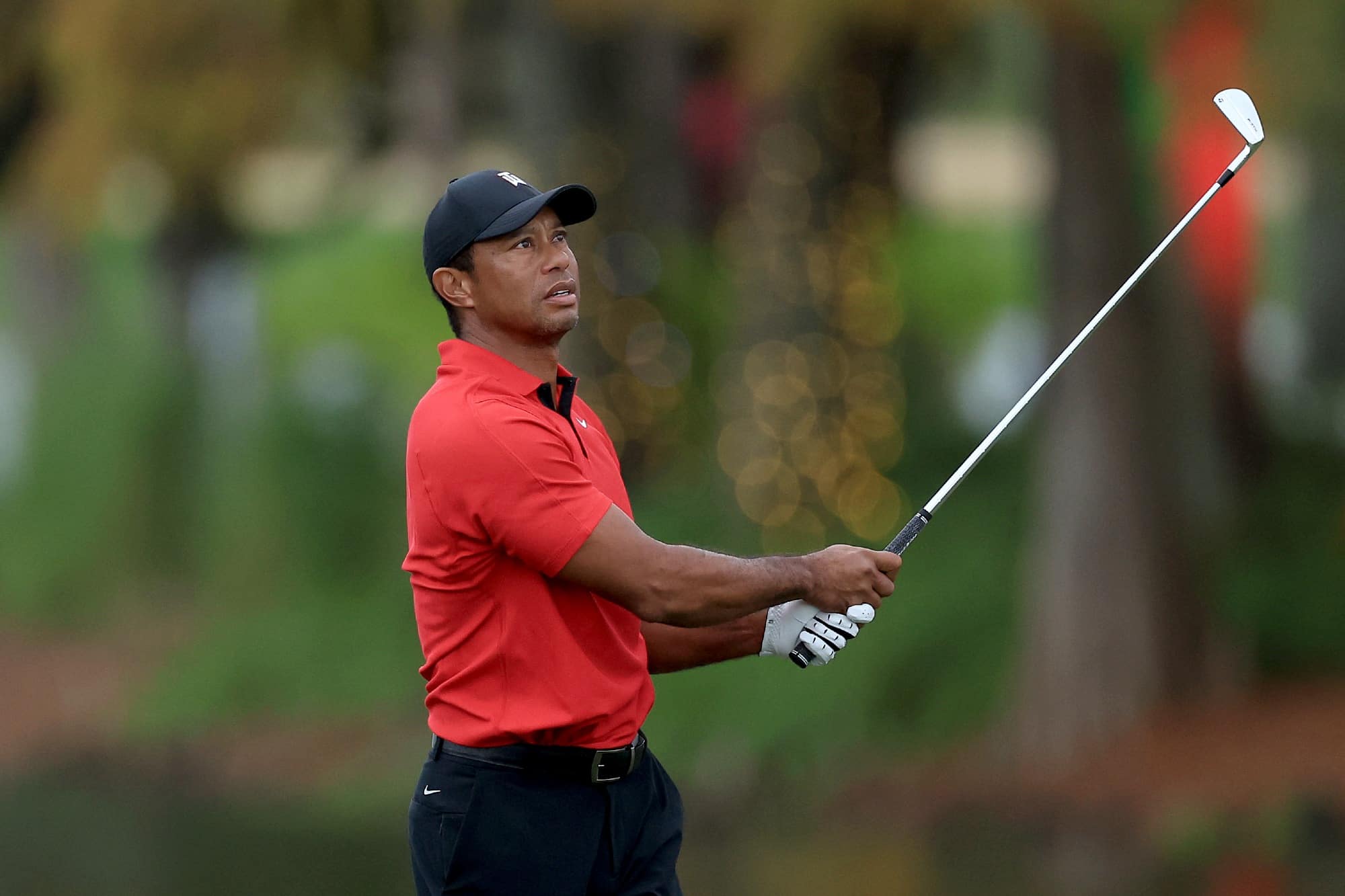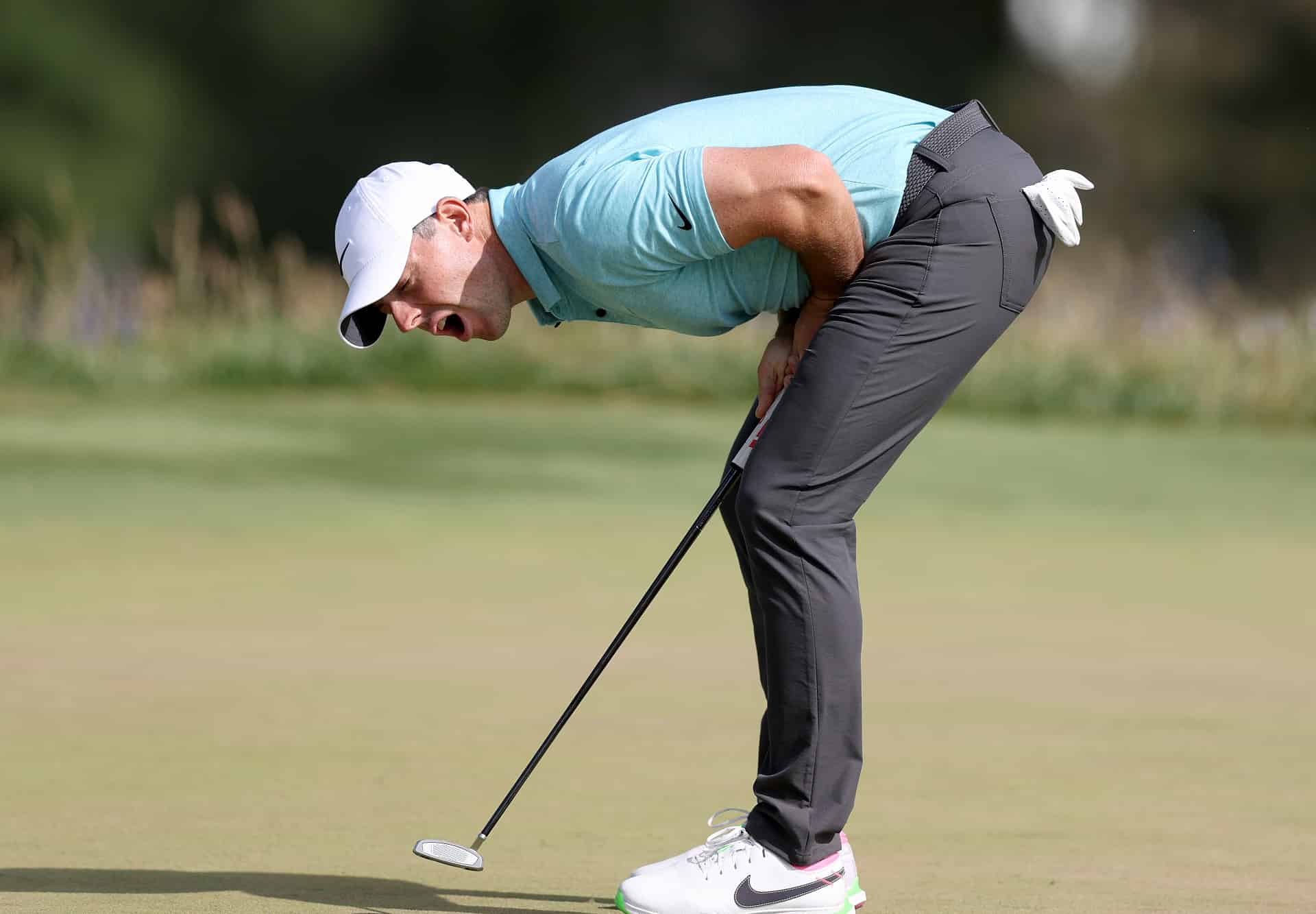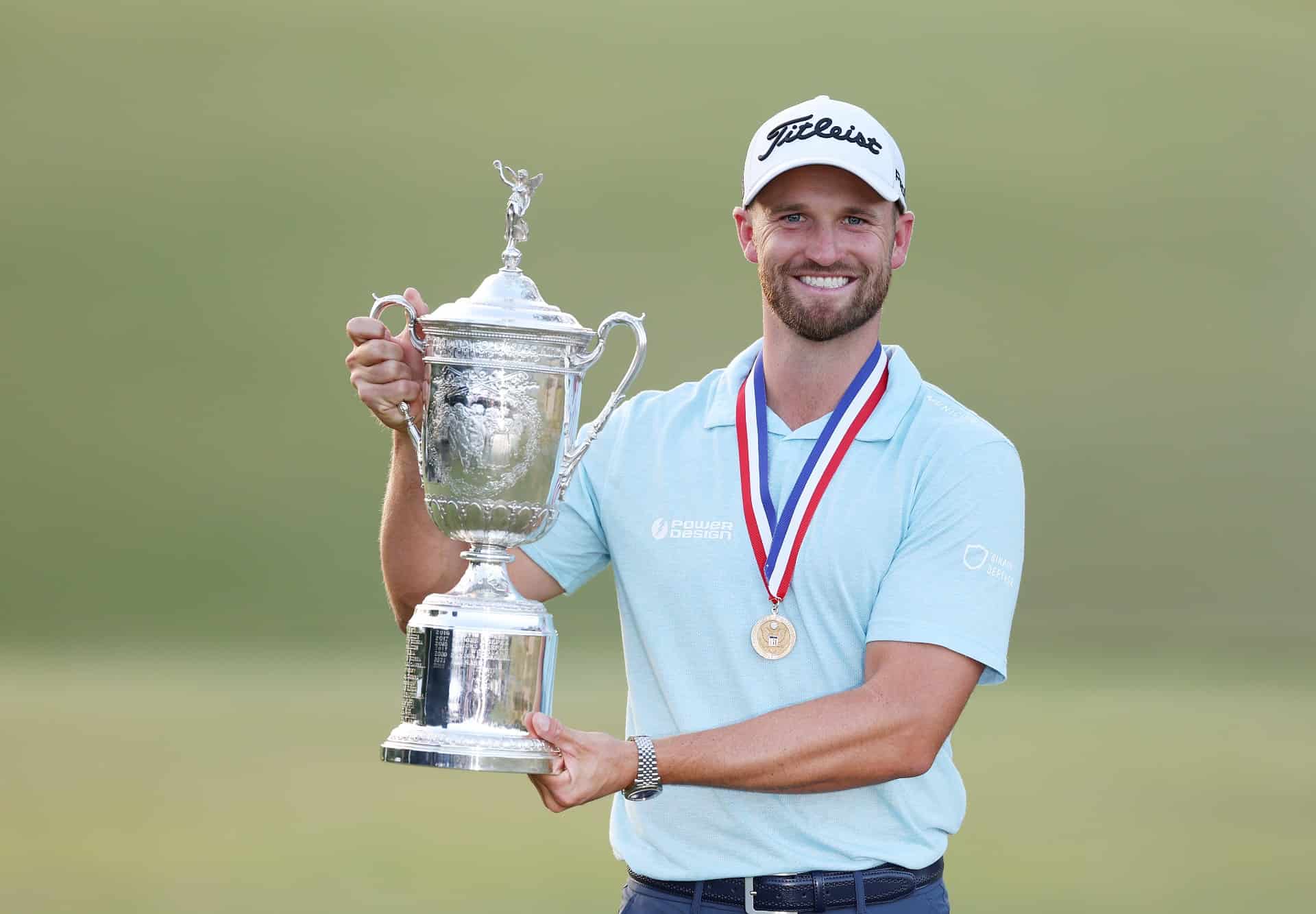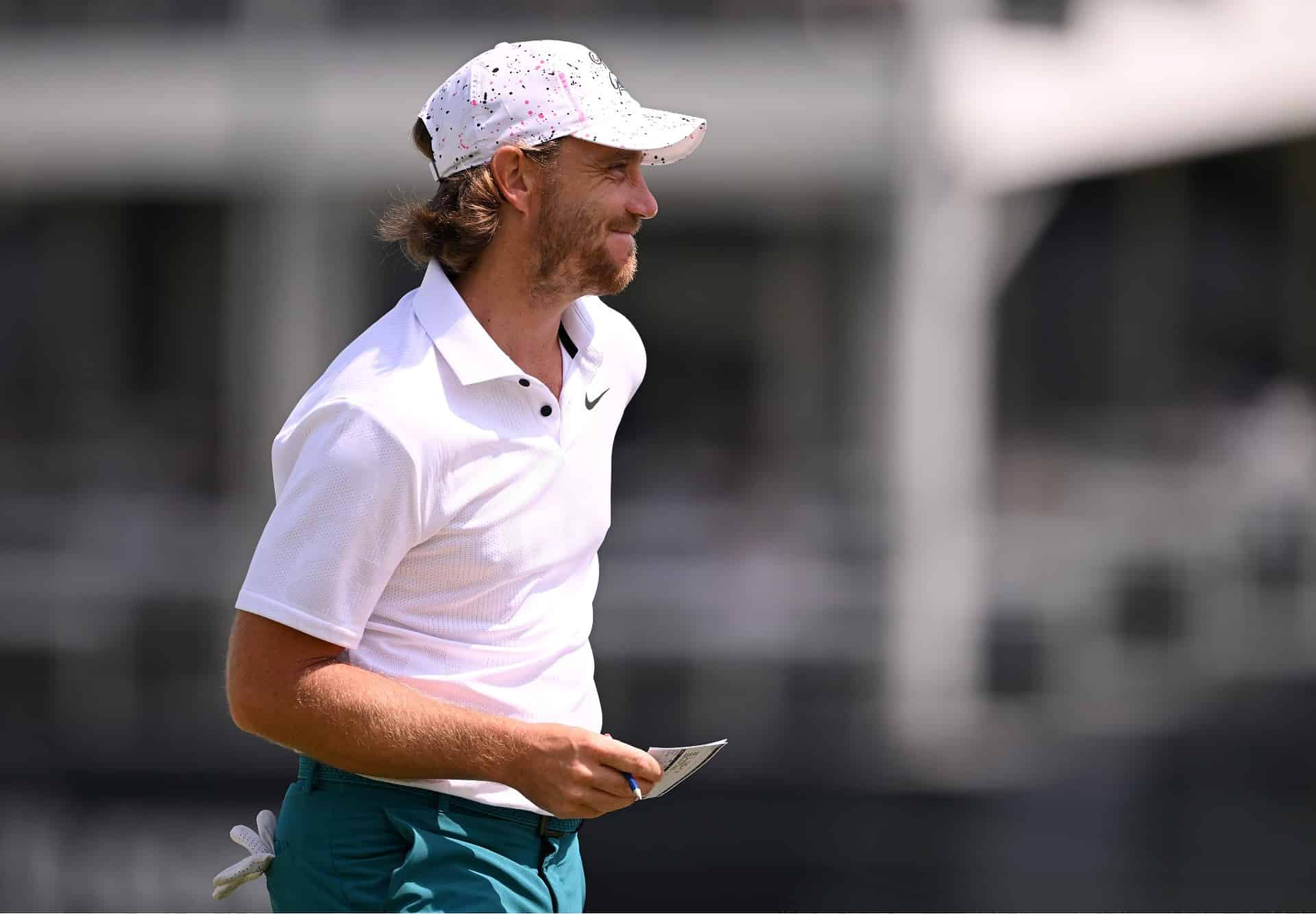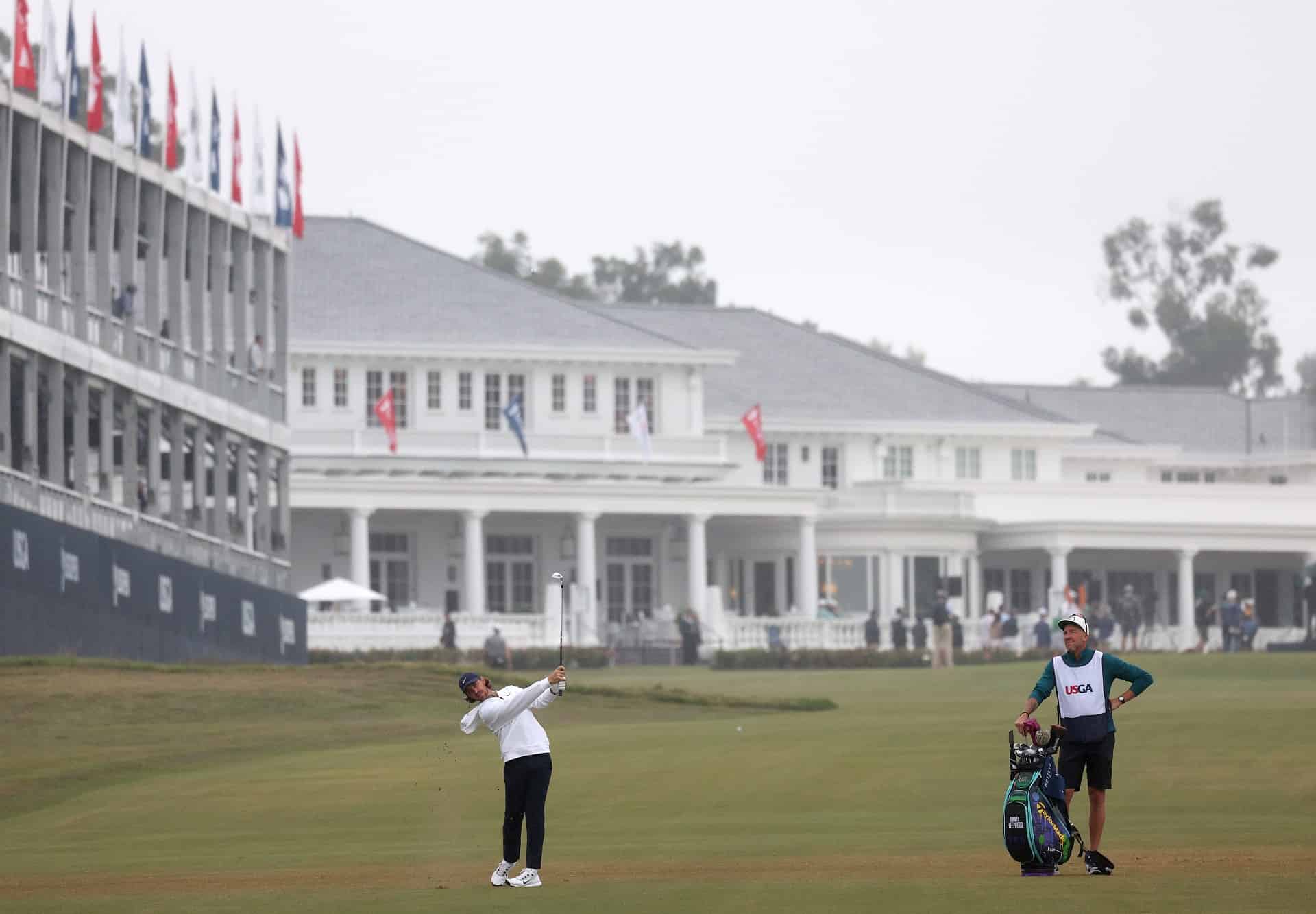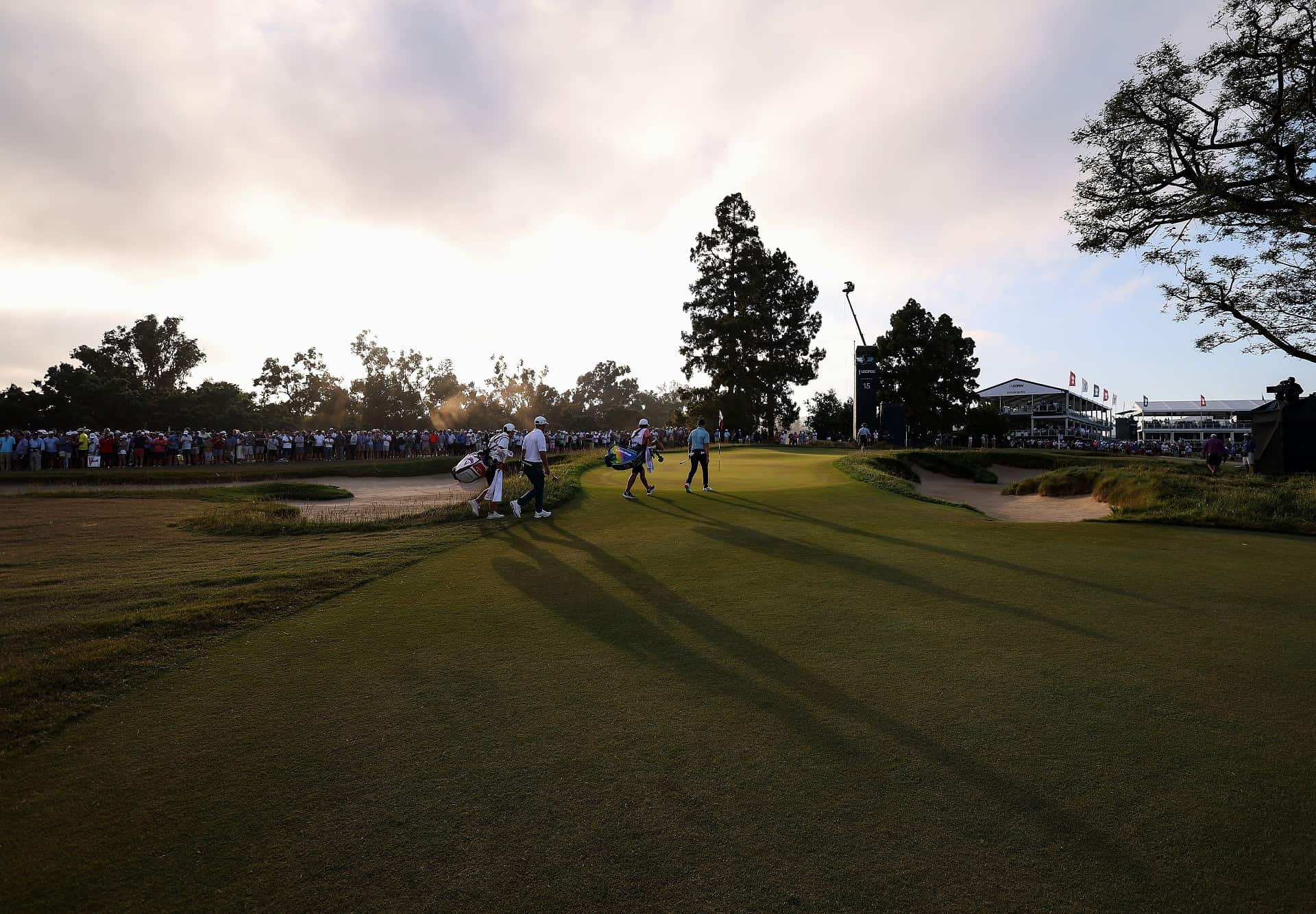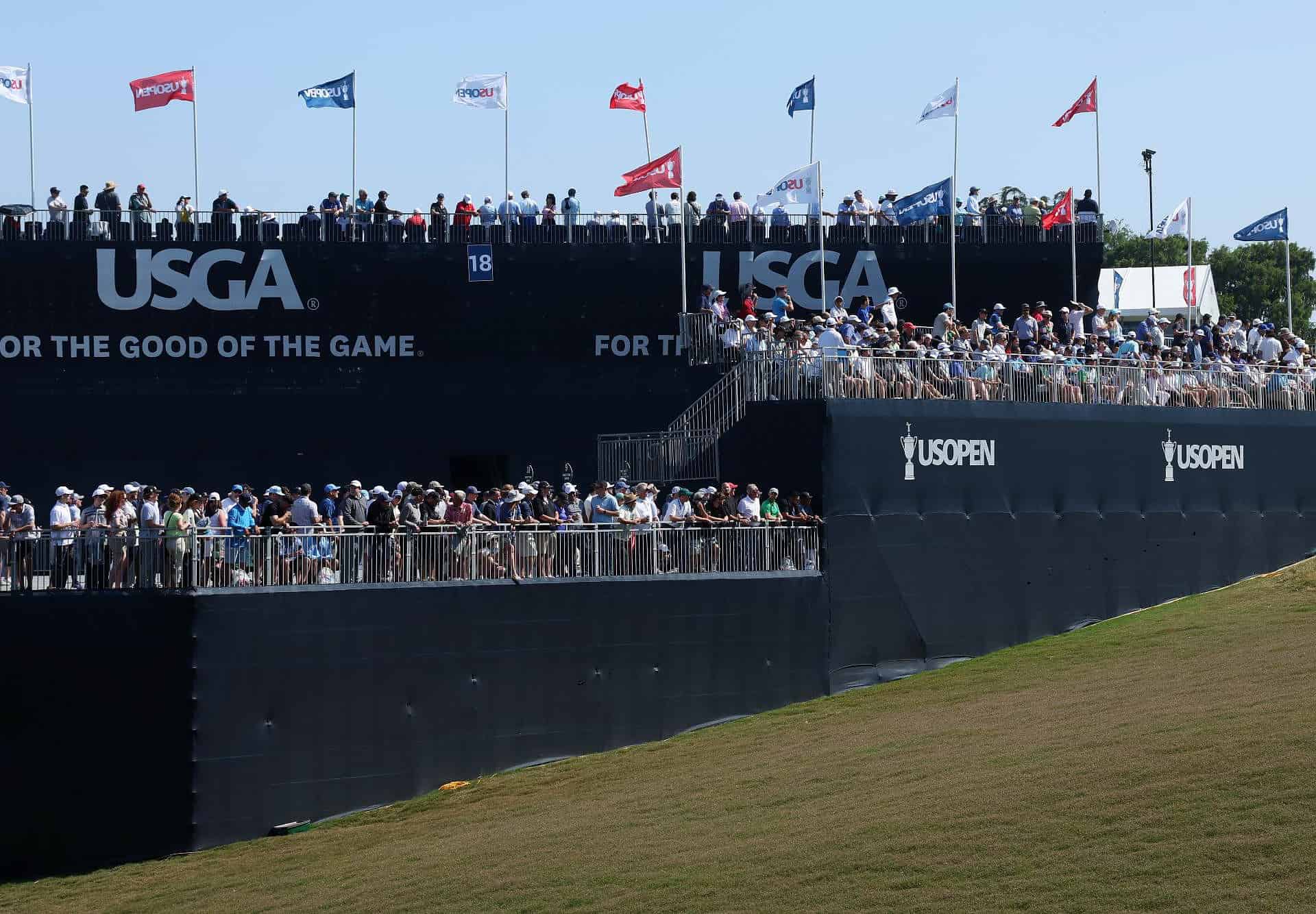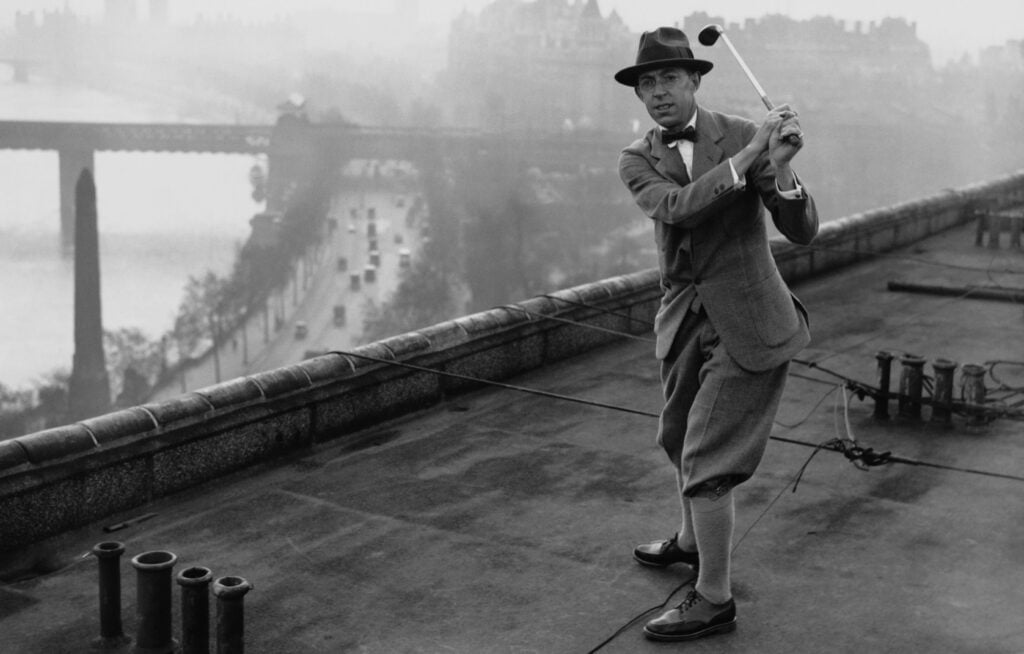
Who was Francis Ouimet? Everything you need to know
The 1913 US Open victor will always be remembered for events at The Country Club, in Brookline, but what else did he achieve?
Francis Ouimet was an American amateur golfer who was born on May 8, 1893 and died on September 2, 1967. He is often referred to as the “father of amateur golf”. His victory at the 1913 US Open set off an explosion in the sport in the United States that transformed the game as we know it.
What did he achieve?
Pretty much everything in the amateur game. But he’s known more than a century on for taking down Harry Vardon and Ted Ray, two of the greatest players who have ever lived, as a 20-year-old at the 1913 US Open at The Country Club, Brookline. Ouimet, who had grown up across the road from the course, somehow matched the two Jersey players in 72-hole stroke play – with the trio all recording a score of 304 – and then won an 18-hole playoff.
The following year, Ouimet won the 1914 US Amateur in Massachusetts – a feat he would repeat in 1931 – and scooped numerous other trophies in a career which saw him eschew the professional game.
A member of the first Walker Cup team in 1922, Ouimet was involved in 11 of the matches, three as a non-playing captain, and only tasted defeat once in 1938.
Who was his caddie?
Eddie Lowery was 10-years-old when he caddied for Ouimet at the 1913 US Open after his brother, originally set to carry for Francis, took on another paying bag at the tournament. The pair would remain lifelong friends and the photograph of the pair during the event, and in the celebrations afterwards, has been legendary.
Lowery became a successful businessman – a millionaire car dealer in San Francisco – and was an enthusiastic supporter of amateur golfers.
What was the film made about Francis Ouimet?
Francis Ouimet’s story was so magical, it was given the full Disney treatment in ‘The Greatest Game Ever Played’.
Released in 2005, it’s based on the book of the same name by Mark Frost. The author even wrote the screenplay. It follows Ouimet from childhood until his victory at Brookline. Shia LaBeouf played Ouimet with Stephen Dillane as Harry Vardon and Stephen Marcus appearing as Ted Ray.
Who was his wife?
Stella Sullivan, whom he married in September 1918. The couple had two daughters, Janice and Barbara.
How did he swing?
Gracefully and powerfully – no small feat when considering the hickory clubs with which he and his contemporaries played. But you can see for yourself in this short YouTube video piecing together a series of photos of his swing.
What clubs did he use?
Mark Frost, in his book The Greatest Game Ever Played, had Francis Ouimet carrying 11 clubs – 10 and a putter. They were a driver, a brassie (modern 2-wood), spoon (3-wood), wooden cleek (5-wood), sammy (utility), jigger (low-lofted iron), mid-iron (2-iron), mashie (5-iron), mashie-niblick (7-iron), niblick (9-iron), and putter.
There are some variations, however, with a Golf Channel article in 2013 quoting The American Golfer, from a century earlier, as Ouimet having nine clubs. A light-iron and approaching cleek are among the additions, with the spoon, sammy and jigger among those omitted.
The USGA, in their collection, hold Ouimet’s putter and have a number of other clubs he used in the 1913 US Open, including his jigger, mid-iron, mashie-niblick, and niblick.
The clubs were made by Tom Stewart, a famous St Andrews clubmaker, and carry his distinctive pipe trademark on the back.
What do you think of what Francis Ouimet achieved in golf? Let me know with a comment on X.
Steve Carroll

A journalist for 25 years, Steve has been immersed in club golf for almost as long. A former club captain, he has passed the Level 3 Rules of Golf exam with distinction having attended the R&A's prestigious Tournament Administrators and Referees Seminar.
Steve has officiated at a host of high-profile tournaments, including Open Regional Qualifying, PGA Fourball Championship, English Men's Senior Amateur, and the North of England Amateur Championship. In 2023, he made his international debut as part of the team that refereed England vs Switzerland U16 girls.
A part of NCG's Top 100s panel, Steve has a particular love of links golf and is frantically trying to restore his single-figure handicap. He currently floats at around 11.
Steve plays at Close House, in Newcastle, and York GC, where he is a member of the club's matches and competitions committee and referees the annual 36-hole scratch York Rose Bowl.
Having studied history at Newcastle University, he became a journalist having passed his NTCJ exams at Darlington College of Technology.
What's in Steve's bag: TaylorMade Stealth 2 driver, 3-wood, and hybrids; TaylorMade Stealth 2 irons; TaylorMade Hi-Toe, Ping ChipR, Sik Putter.


